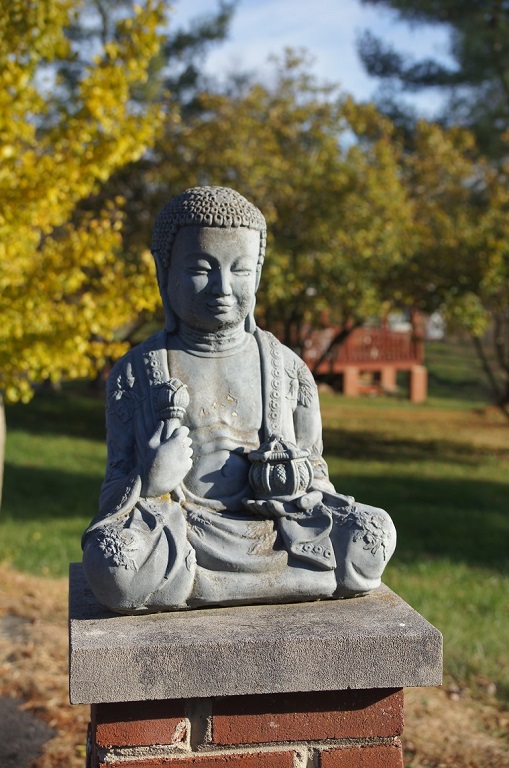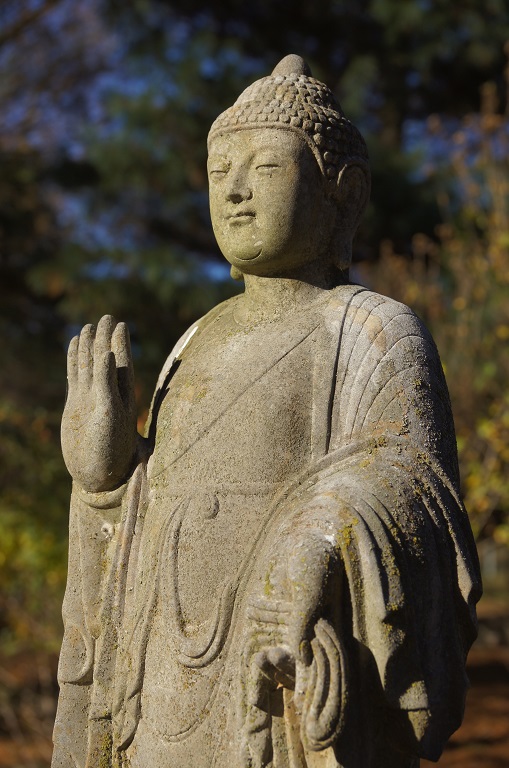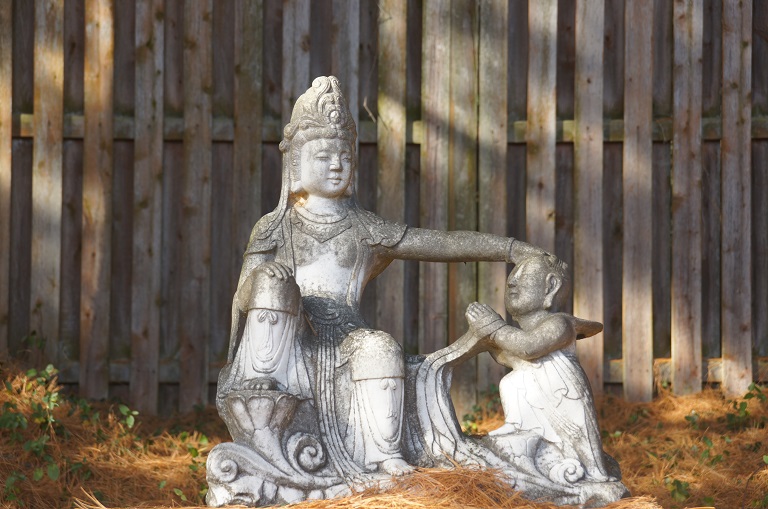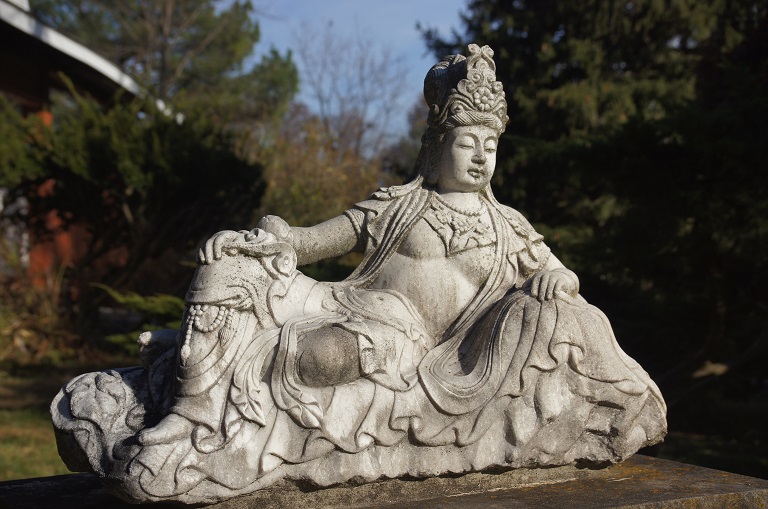The Entrance
Visible from the Germantown Rd (Rte. 118) is the entrance and main road of American Zen College.
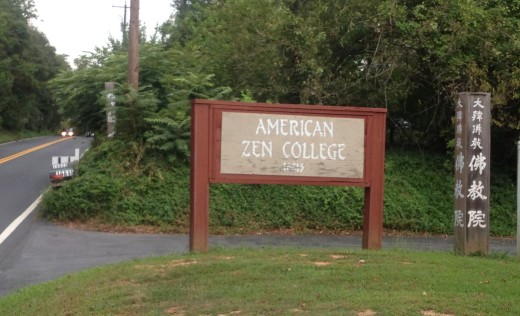
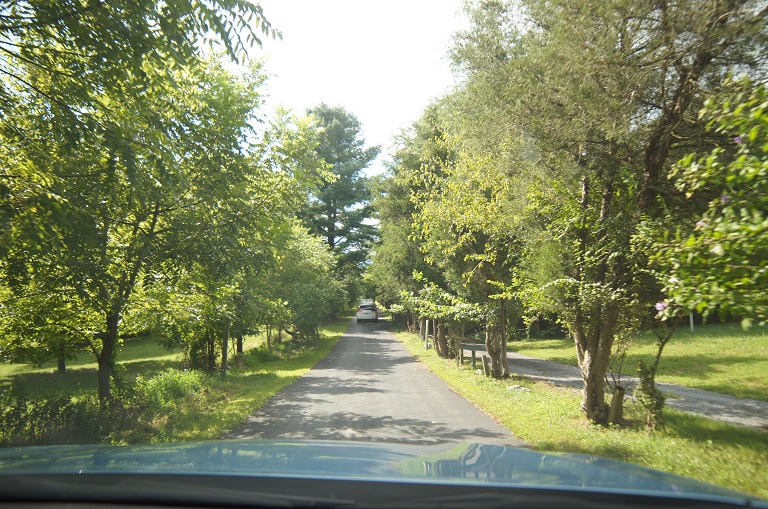
The Pagoda
Visible from the main road is the 30 foot pagoda, carved form Indiana limstone, which houses Buddha Sakyamuni's Sarira. The construction of the pagoda was finished in 1982, sealing within the pagoda a steel box containg the peal-like relics which are actual remains of the Buddha Sakyamuni 2500+ years after his vremation. Sarira are diamond-hard sperial jewels which can be found in the cremated remains of one who has attained Anuutara Samyak Sambodhi, or perfect Enlightenment. The number of sarira found will vary with degree of attainment and virtue of the deceased. In the case of Buddha Sakyamuni there were a very great number of Sarira and no ashes whatsoever.
The Sarira arrived in 1980 fromt he National Treasure of South Korea. It took two years to erect the pagoda in which the Sarira now permanently rest. This classically poised structure is surrounded by an inner garden of azaleas; and a courtyard of red brick and an outer couryard of pure white stones.
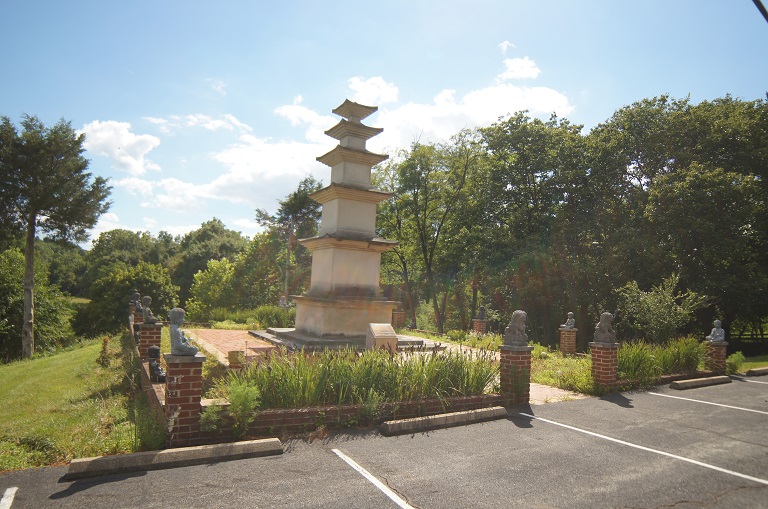
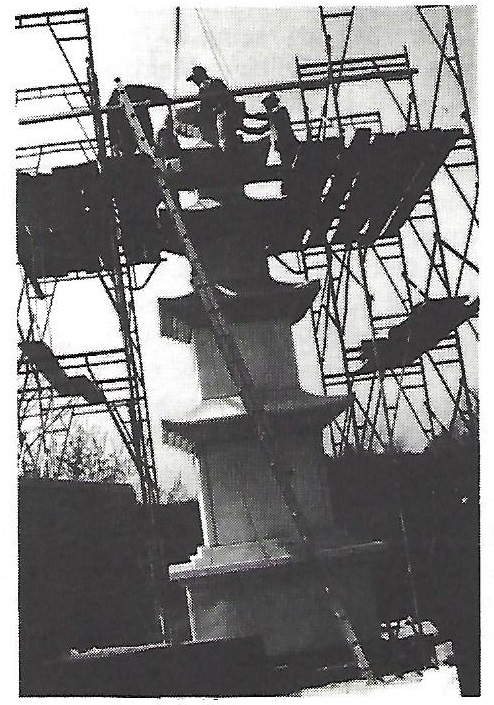
(The placing of the last stone in the Pagoda in 1980's)
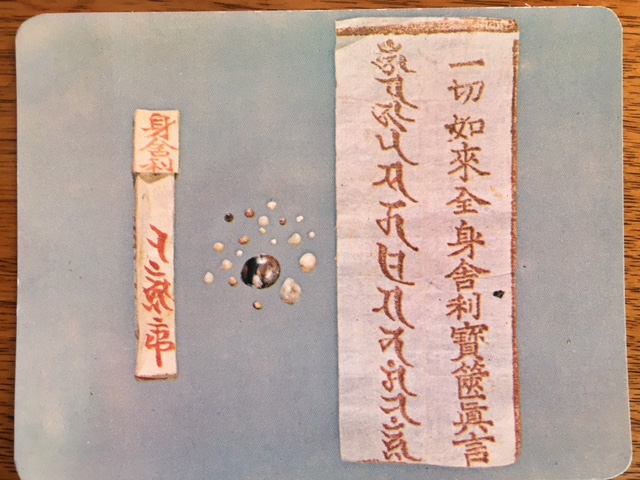
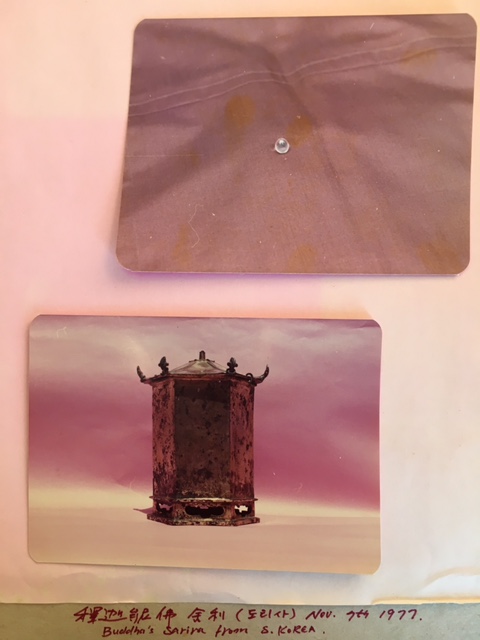
(The Sarira in the Pagoda)
The Dharma Hall
The main building of the campus is a 7,000-square-foot Dharma Hall, which contains a large Dharma hall on the upper level, and a library, a kitchen, a dinning and conference area, meditation quarters, overnight stay rooms as well as bathroom facillities on the lower level. The construction of the Dharma Hall building was completed in mid 1980's and further improvements were constantly made in the past decades.
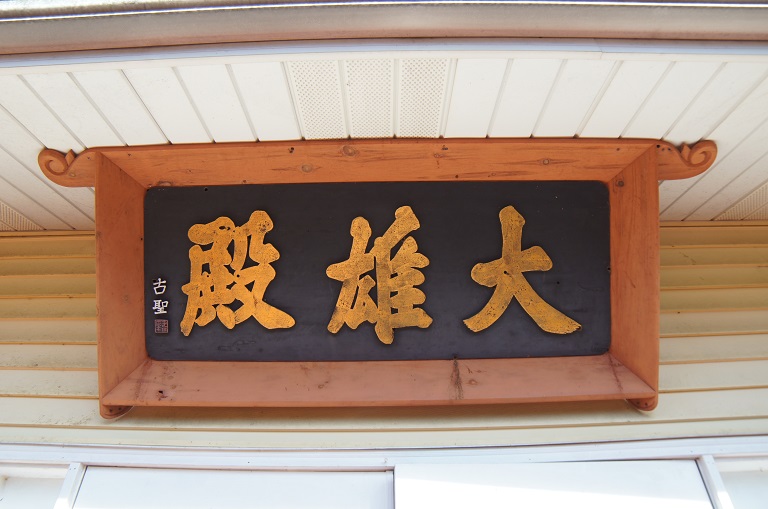
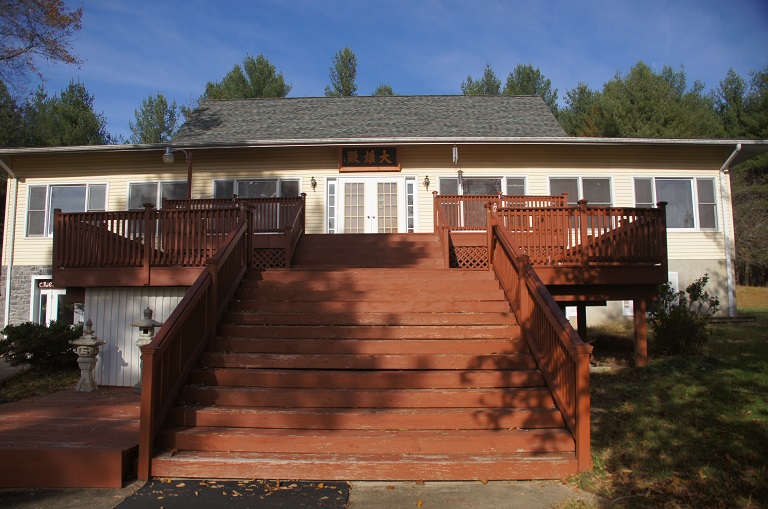
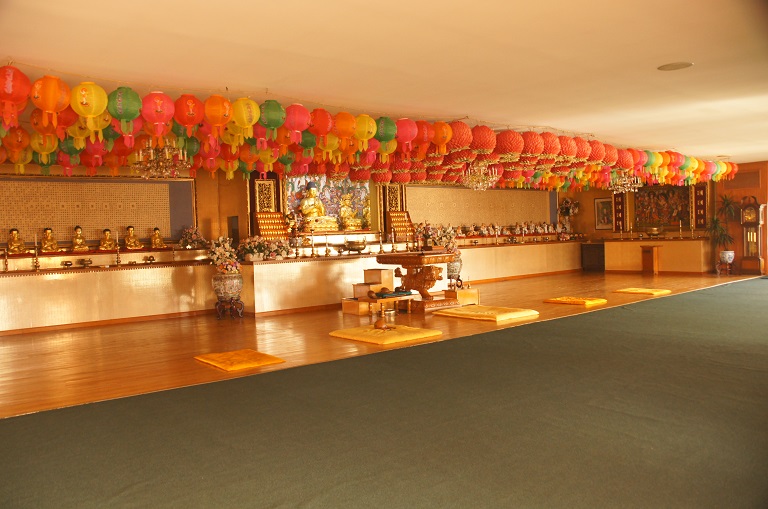
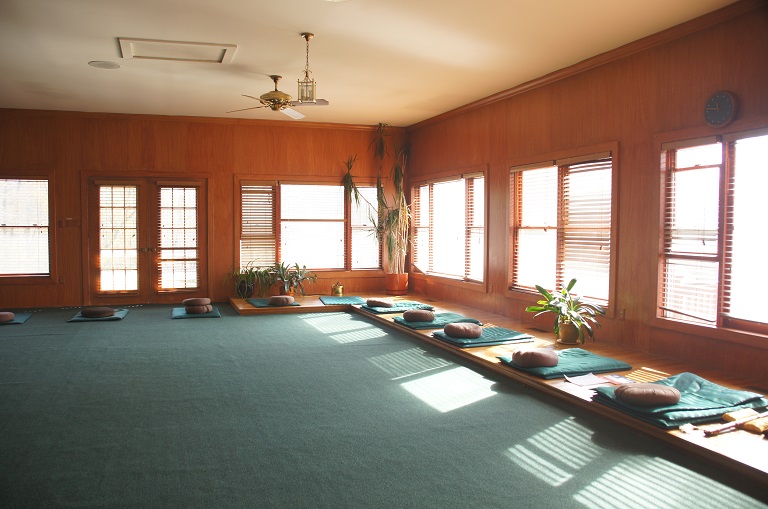
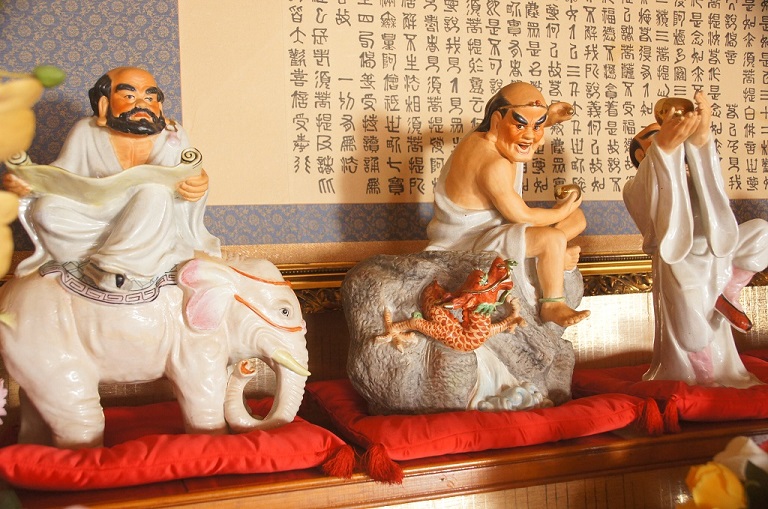
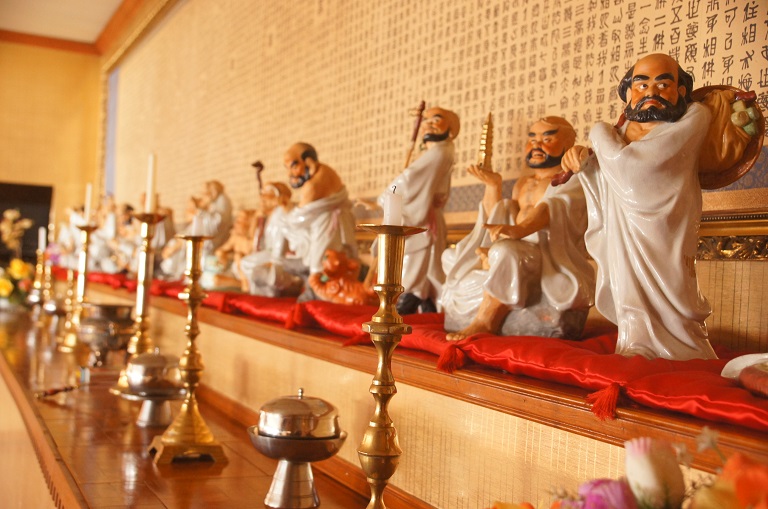
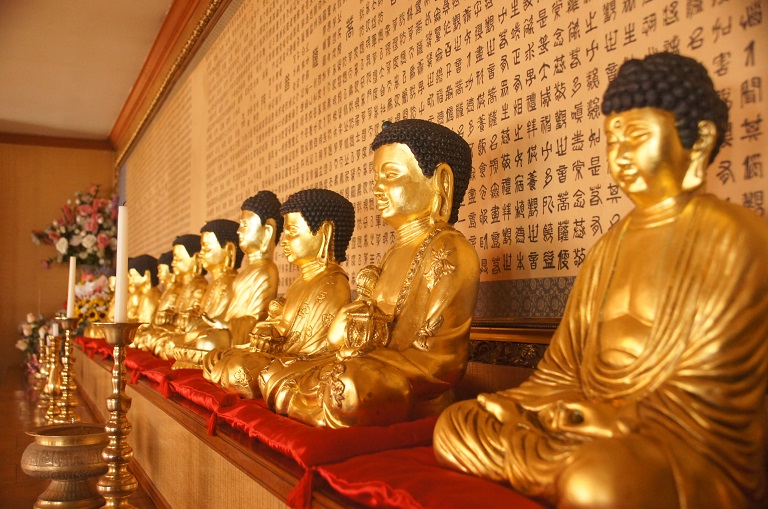
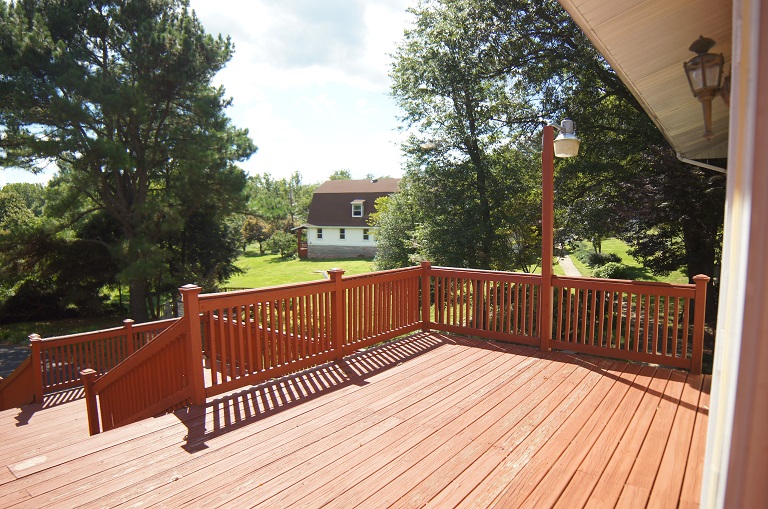
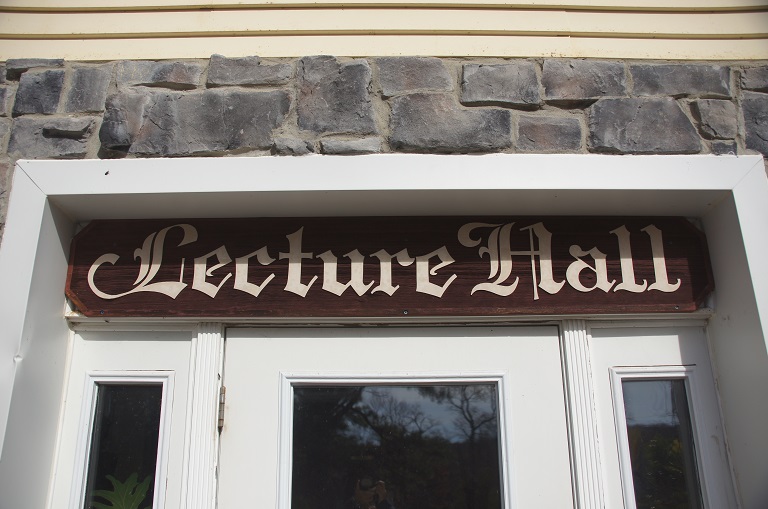
The Chung Dynasty Buddha Statue
In 1983 Zen Master Shin and a senior student went to Asia to lecture, tour and receive a Buddha statue for the main shrine of the Dharma Hall. In Honkong he received a magnificent statue, over 180 years old, which was originally enshrined in a large temple in Beijing, China during the Chung Dynasty. The statue had been rescued from China by a wealthy official fleeing the country, along with other temple artifacts, prior to the Culture Revolution. The five-foot tall statue is made of carved and gilded wood and sits in front of an intricately carved flame on a lotus base. The hands form a mudra of Dharmakaya. The total expression of hands and face reflects the true grace and compassion of Buddha; this could only have been achieved by the most skilled of artisans. After been place in the Dharma Hall, the Chung Dynastity Buddha statue was coated in 24kt. gold leat. The shrines and back walls were framed with gold moulding and wallpapered.
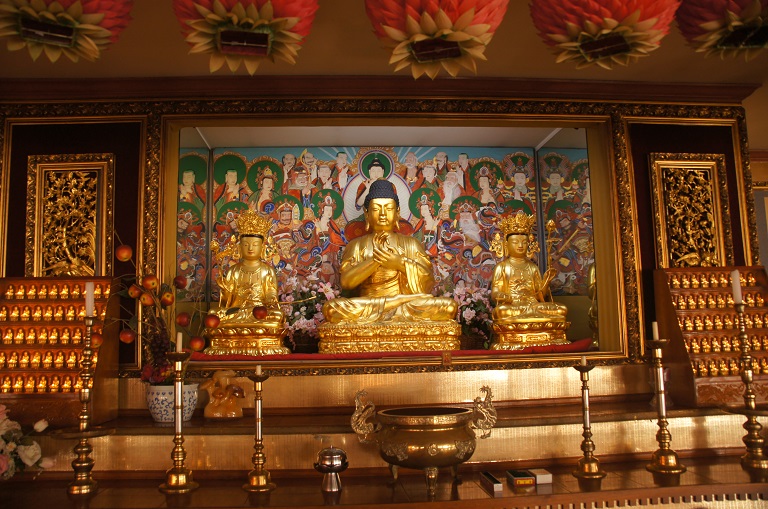
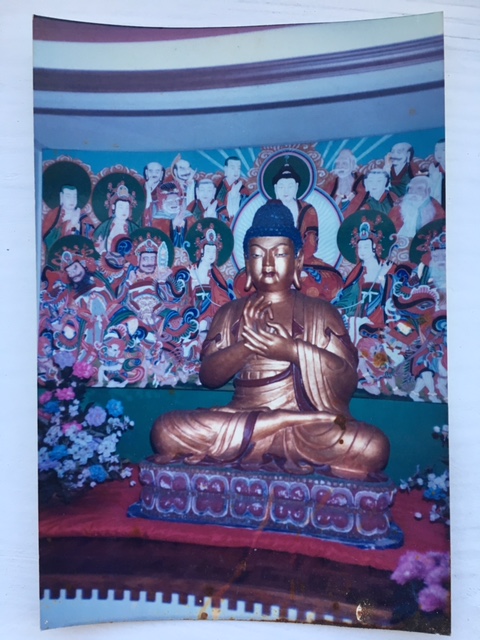
(The original look of the Chung Dynasty Buddha Statue)
The Library
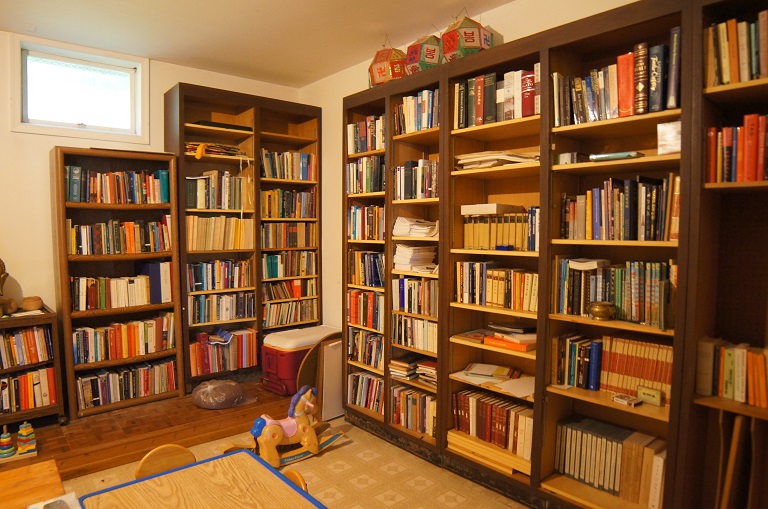
The Dinning & Conference Area
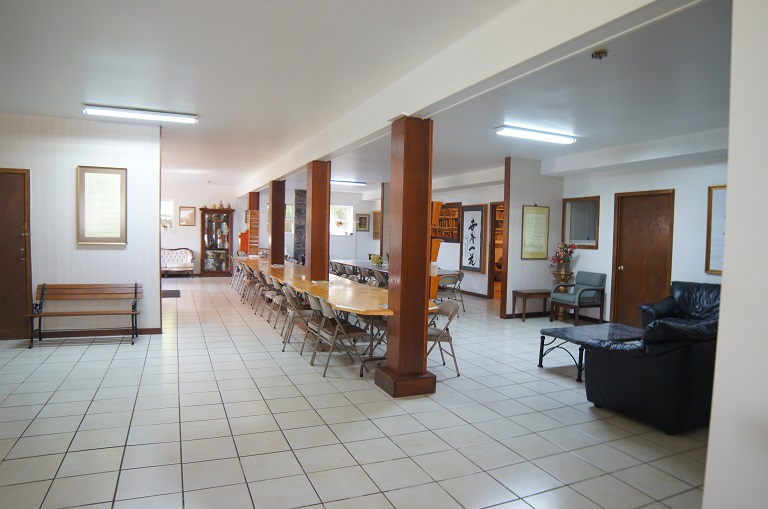
The Overnight Stay Room
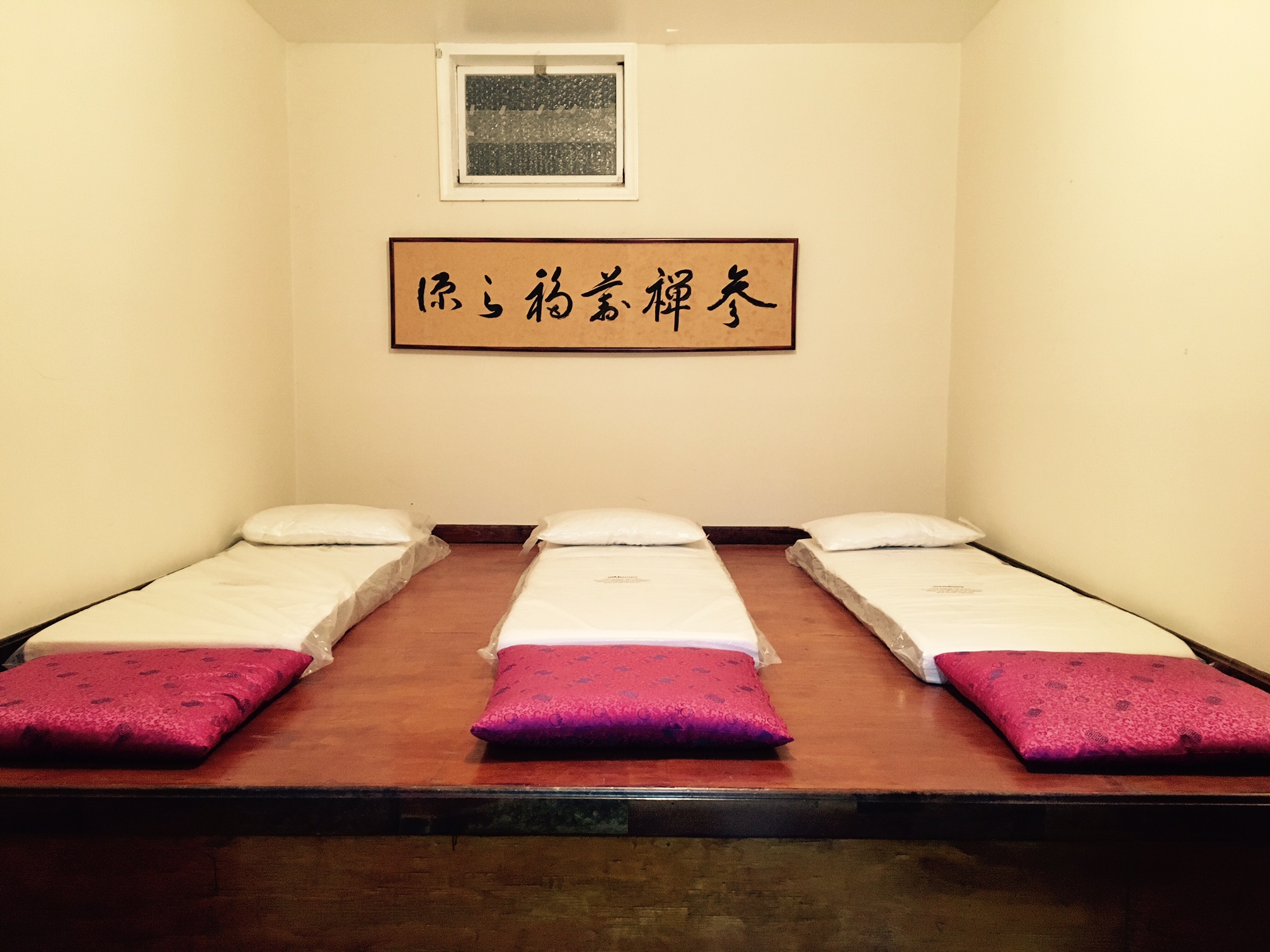
The Gazebo
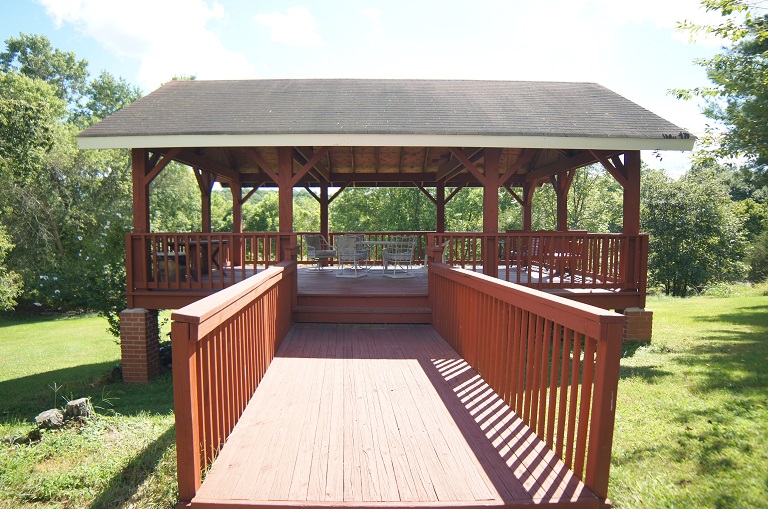
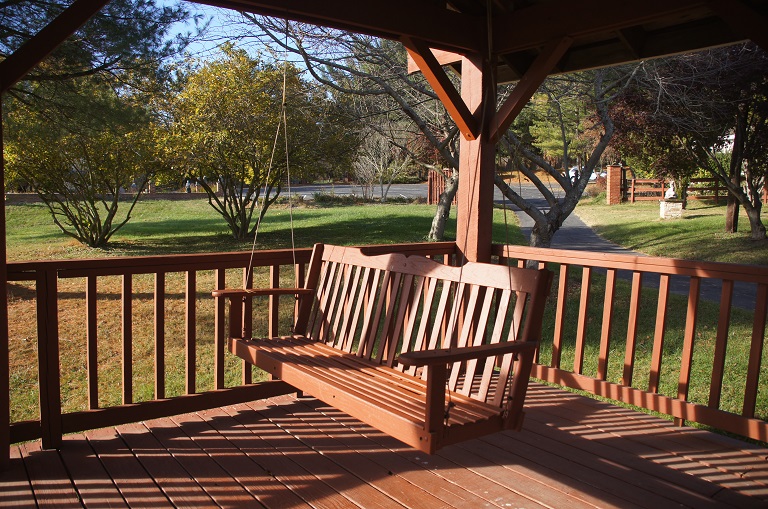
The Landscape
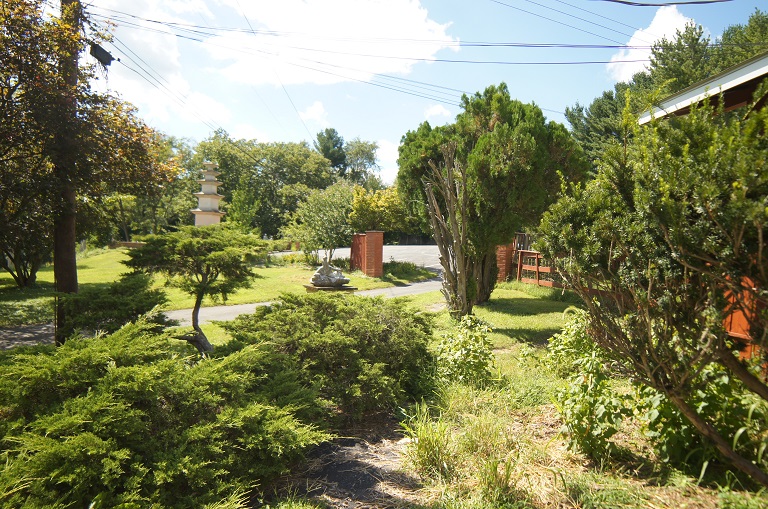
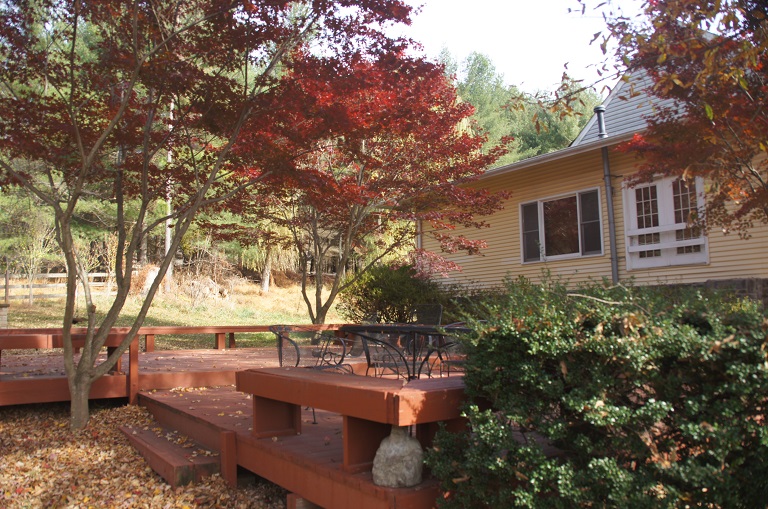
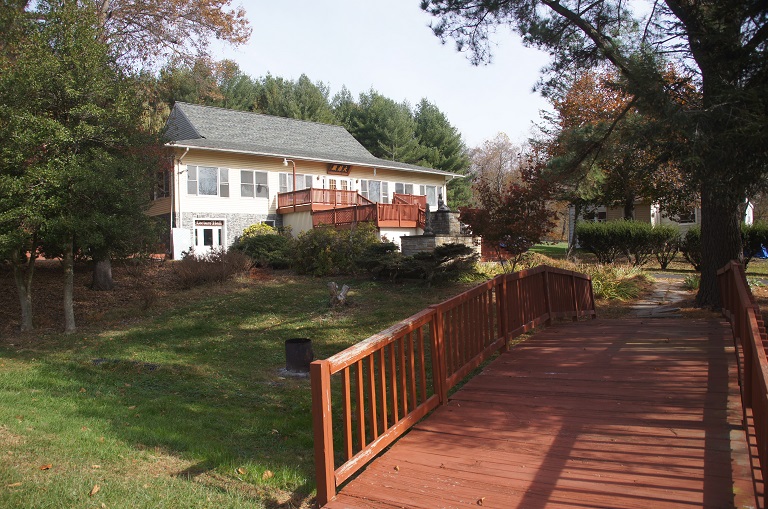
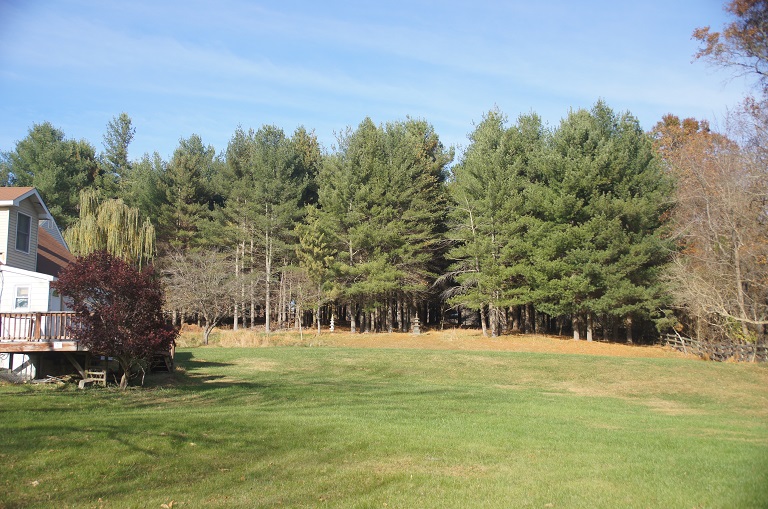
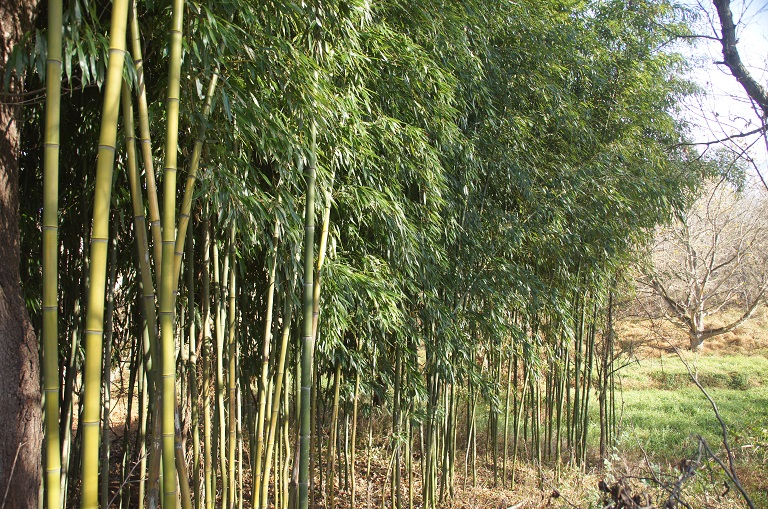
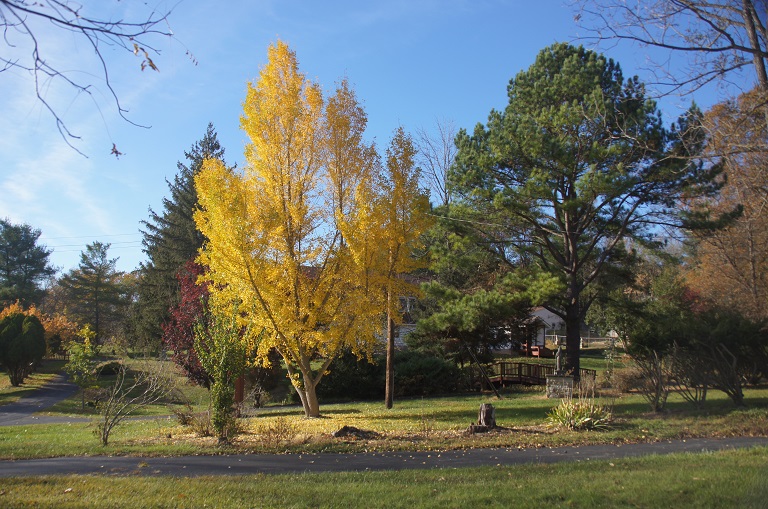
The Outdoor Statues
